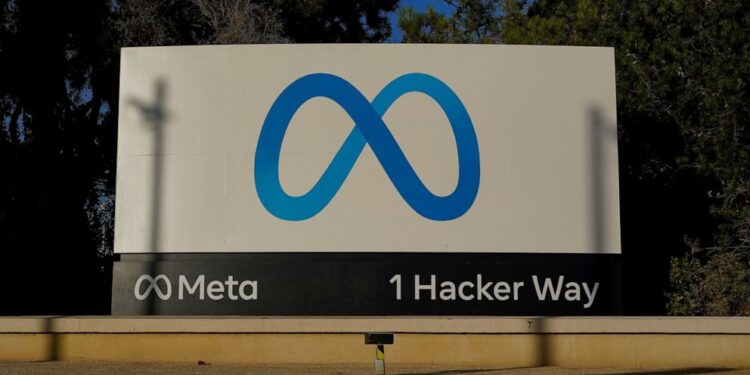Facebook’s Initial Public Offering (IPO) in 2012 was one of the most highly anticipated and scrutinized IPOs in the history of technology companies. The social media giant, founded by Mark Zuckerberg in 2004, had grown exponentially, transforming from a Harvard dorm room project into a global phenomenon with over 900 million users by 2012. This rapid growth spurred significant interest and speculation regarding its market value and future profitability.
On May 18, 2012, Facebook went public with an offering price of $38 per share, valuing the company at approximately $104 billion. This valuation made it one of the largest IPOs of a technology company at the time. The decision to go public was driven by a combination of factors, including the need to provide liquidity for early investors and employees, as well as to generate capital for future growth and acquisitions.
The IPO was notable for several reasons. First, it highlighted the enormous potential and influence of social media platforms in the modern digital economy. Investors were eager to own a piece of a company that had revolutionized communication, advertising, and social interaction on a global scale. Second, it underscored the challenges of valuing a rapidly growing tech company with a business model heavily reliant on advertising revenue.
However, Facebook’s IPO did not go as smoothly as anticipated. The first day of trading was marred by technical glitches on the NASDAQ stock exchange, which delayed the start of trading and led to widespread confusion among investors. These issues caused significant frustration and concern, ultimately impacting the stock’s performance. Despite these challenges, Facebook managed to raise $16 billion from the IPO, making it the third-largest in U.S. history at the time, behind only Visa and General Motors.
In the immediate aftermath of the IPO, Facebook’s stock price experienced considerable volatility. Initially, the stock struggled to stay above the offering price, leading to questions about the company’s long-term viability and its ability to meet high investor expectations. Critics pointed to Facebook’s unproven mobile advertising strategy and its high valuation as potential risks.
Over time, however, Facebook demonstrated its resilience and ability to adapt. The company successfully transitioned to a mobile-first strategy, significantly increasing its revenue from mobile advertising. This pivot, along with continued user growth and strategic acquisitions like Instagram and WhatsApp, helped Facebook recover and eventually thrive in the public market.
In retrospect, Facebook’s 2012 IPO was a defining moment in the tech industry, reflecting both the promise and perils of investing in high-growth technology companies. It marked the beginning of Facebook’s journey as a publicly traded company, setting the stage for its evolution into one of the most influential and valuable corporations in the world.










Recent Comments